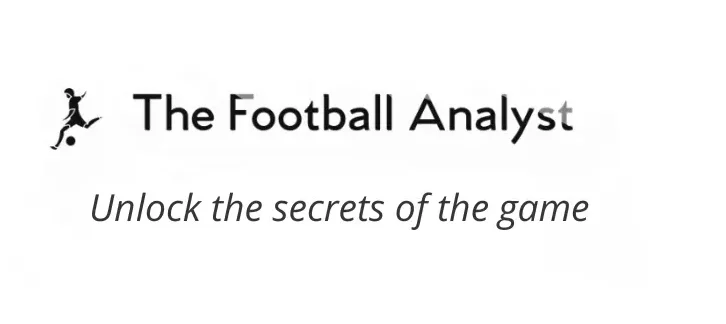Analyzing football like a professional requires much more than watching goals or standout moments. It involves understanding tactical systems, player roles, and the subtle flow of the game. Whether you’re a coach, analyst, scout, or passionate fan, mastering this process will transform how you watch football and deepen your insights.
Here’s a step-by-step breakdown of how to analyze a football game professionally:
1. Define Your Objective Before Watching
- Determine your focus: team tactics, individual player performance, specific phases (attack, defense, transitions), or opposition weaknesses.
- Set clear questions to answer. For example:
- How does the team build play from the back?
- What pressing triggers do they use?
- How does a key player influence the game?
2. Watch the Match Twice With Different Purposes
- First viewing: Watch the full game uninterrupted to get a feel for the flow, momentum shifts, and general tactical setup.
- Take note of key moments or times for deeper review later.
- Second viewing: Watch with pause and rewind enabled.
- Focus on specific aspects according to your objective.
- Analyze positioning, off-the-ball movement, and decision-making.
3. Break the Match Into Tactical Phases
Analyze the game in four main phases to fully understand team behavior and strategies:
In Possession
- How does the team organize when they have the ball?
- Look for build-up strategies: short passes, long balls, or combination play.
- Identify team shape and player roles (e.g., inverted fullbacks, advanced midfielders).
- Note how the team creates space and progression channels.
Out of Possession
- What defensive shape does the team use? High press, mid-block, low-block?
- How do players position themselves to block passing lanes and cover space?
- What triggers the press? Is it a bad touch, backward pass, or specific player on the ball?
Transition – Attack to Defense
- Does the team counter-press aggressively after losing possession?
- How quickly do players reorganize defensively?
- What is the rest-defence shape like when the team loses the ball in attack?
Transition – Defense to Attack
- How does the team counter-attack after winning the ball?
- Are transitions fast and vertical or controlled build-ups?
- Identify key players involved in quick breaks or positional resets.
4. Focus on Key Moments and Tactical Patterns
- Analyze how goals and major chances develop tactically.
- Look for recurring patterns such as overloads on one flank, diagonal switches, or set pressing traps.
- Assess how the team adapts during different match phases (e.g., after conceding or leading).
- Observe how substitutions or tactical changes affect the game.
5. Evaluate Individual Player Contributions in Context
- Examine positional discipline relative to the team’s shape.
- Assess decision-making in passing, dribbling, pressing, and off-ball movement.
- Analyze technical skills under pressure (control, passing accuracy, finishing).
- Consider the player’s role in transitions, build-up, and defensive phases.
- Identify standout strengths and weaknesses with examples from the match.
6. Don’t Overlook Set-Piece Analysis
- Study attacking set-piece routines: blocking, runs, zonal vs man-marking.
- Analyze defensive setups on corners and free kicks: organization, marking, and clearances.
- Assess the effectiveness and execution quality.
- Identify any tactical nuances or innovations used.
7. Use Data to Complement Your Visual Analysis
- Incorporate key metrics like Expected Goals (xG), Passes Per Defensive Action (PPDA), and possession stats.
- Use heatmaps and pass networks to visualize positioning and ball progression.
- Data should support, not replace, your qualitative observations.
- Cross-reference video and stats for a more complete picture.
8. Present Your Analysis Clearly and Professionally
- Start with a concise summary of main tactical insights.
- Use visuals: annotated screenshots, pitch maps, and data charts.
- Employ clear, simple tactical language that your audience can understand.
- Highlight actionable conclusions: strengths to exploit, weaknesses to target, player impact.
- Make your analysis engaging but factual and objective.
Final Thoughts
Professional football analysis requires patience, tactical knowledge, and a structured approach. It’s about watching with purpose and interpreting the details that influence outcomes. By following this step-by-step process, you’ll gain a deeper understanding of the beautiful game and improve your ability to communicate insights like a true football analyst.
For more tactical guides and expert analysis, visit The Football Analyst and join our community of passionate football minds.
